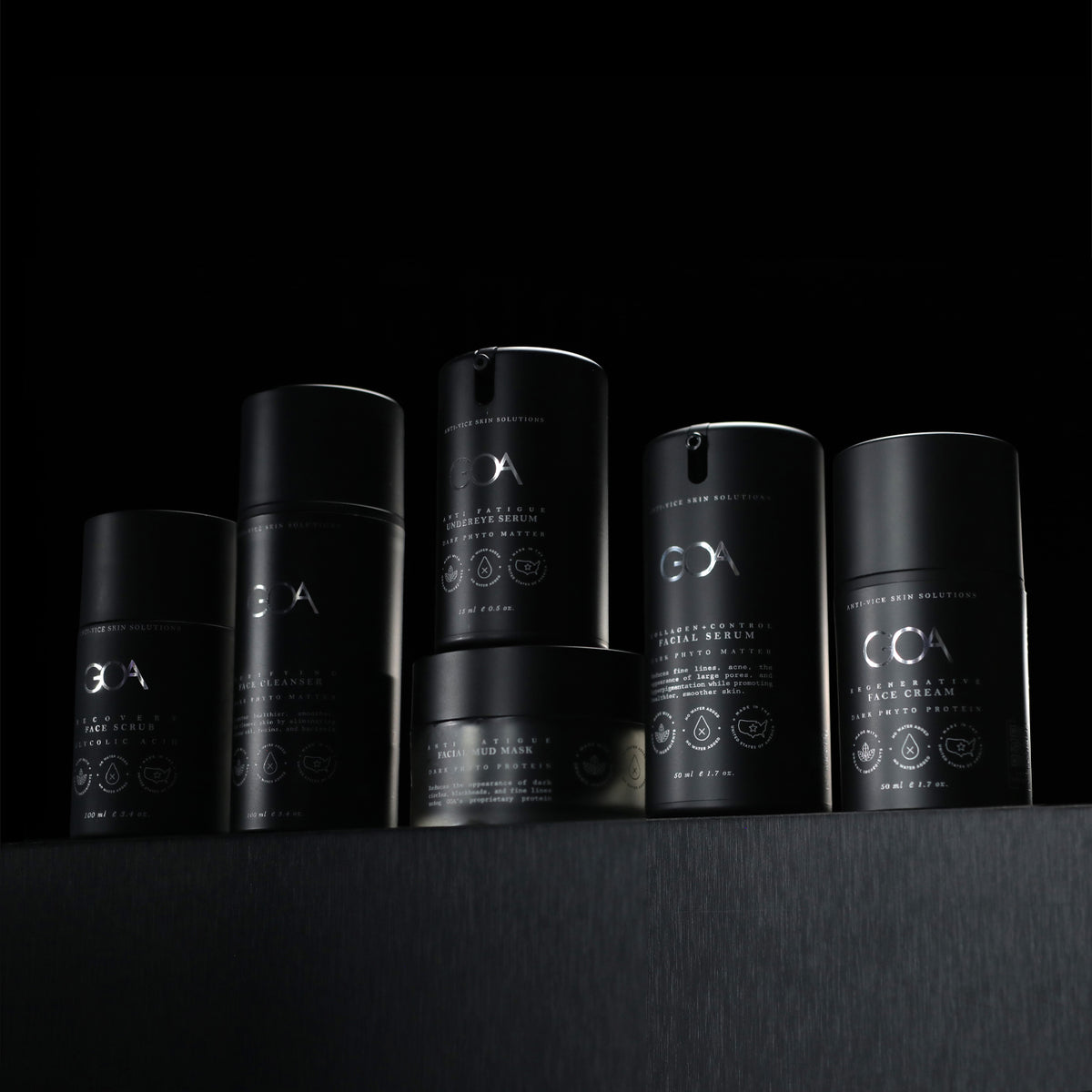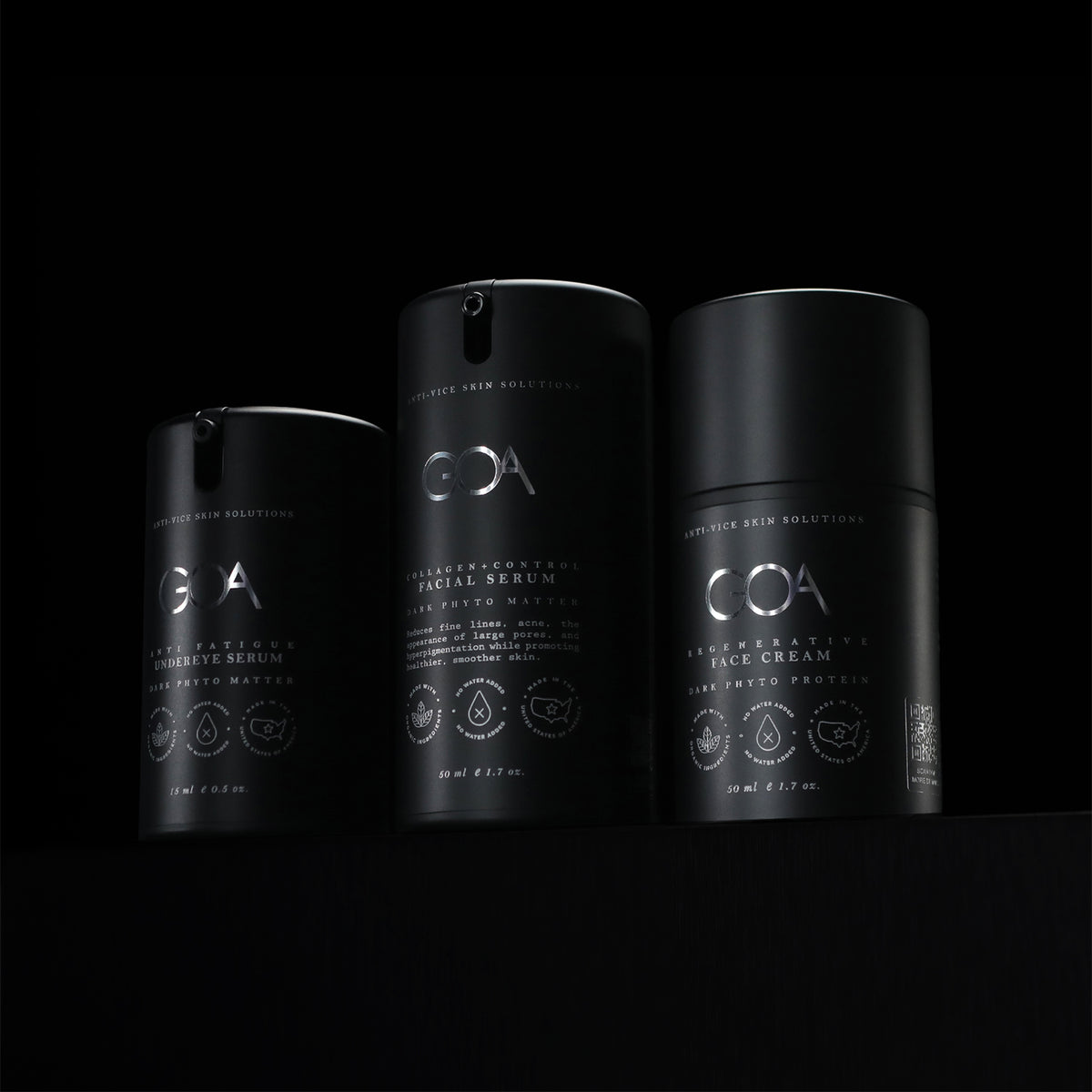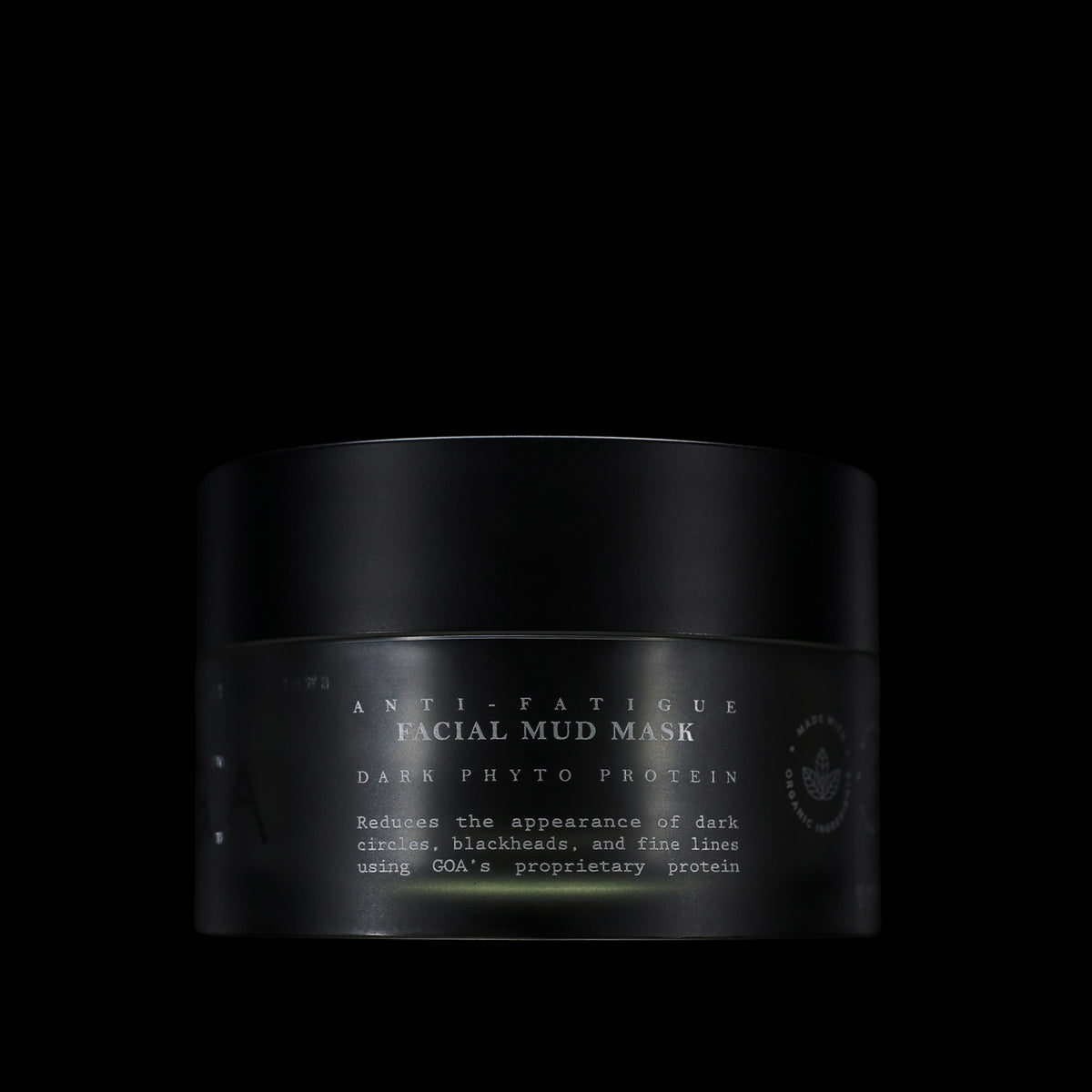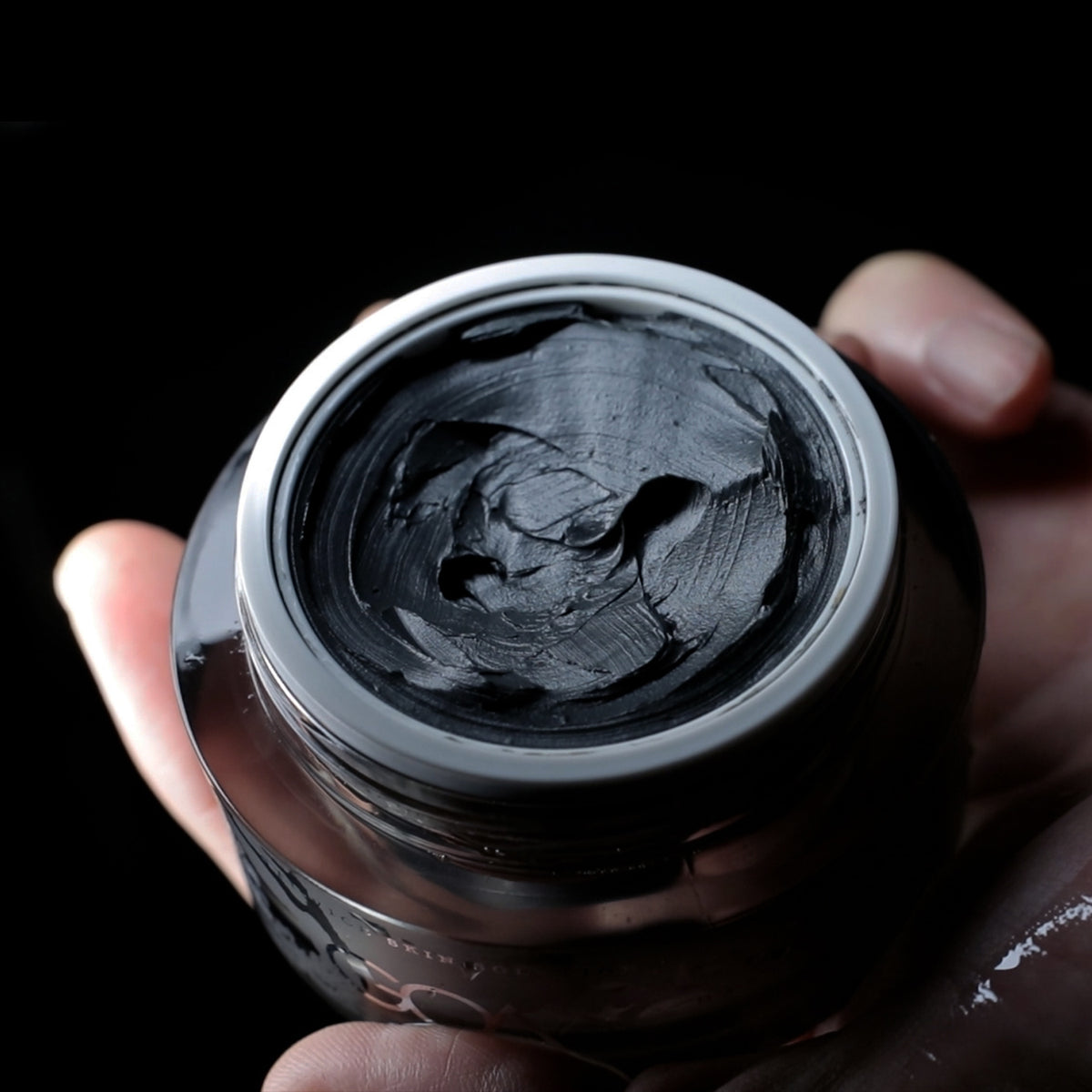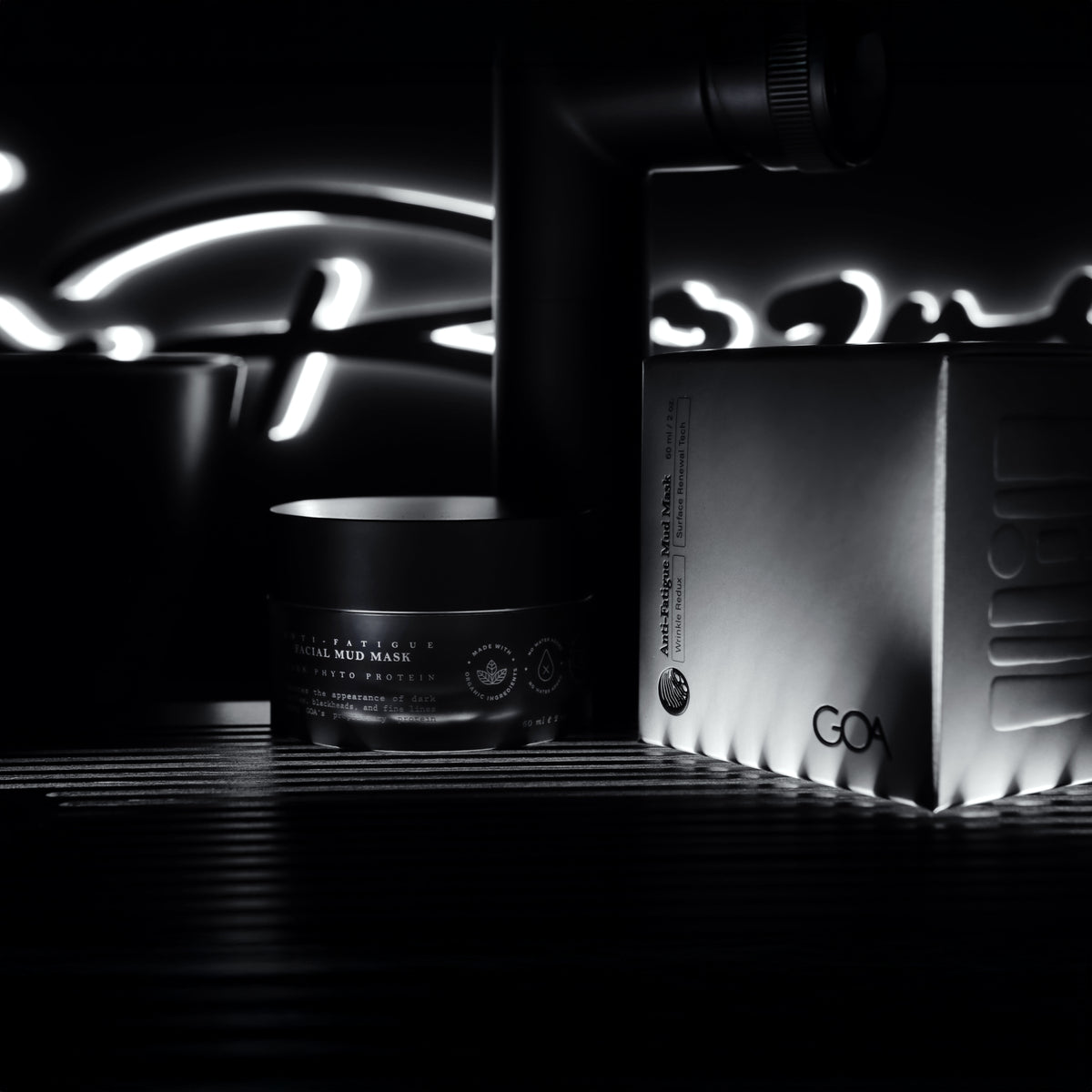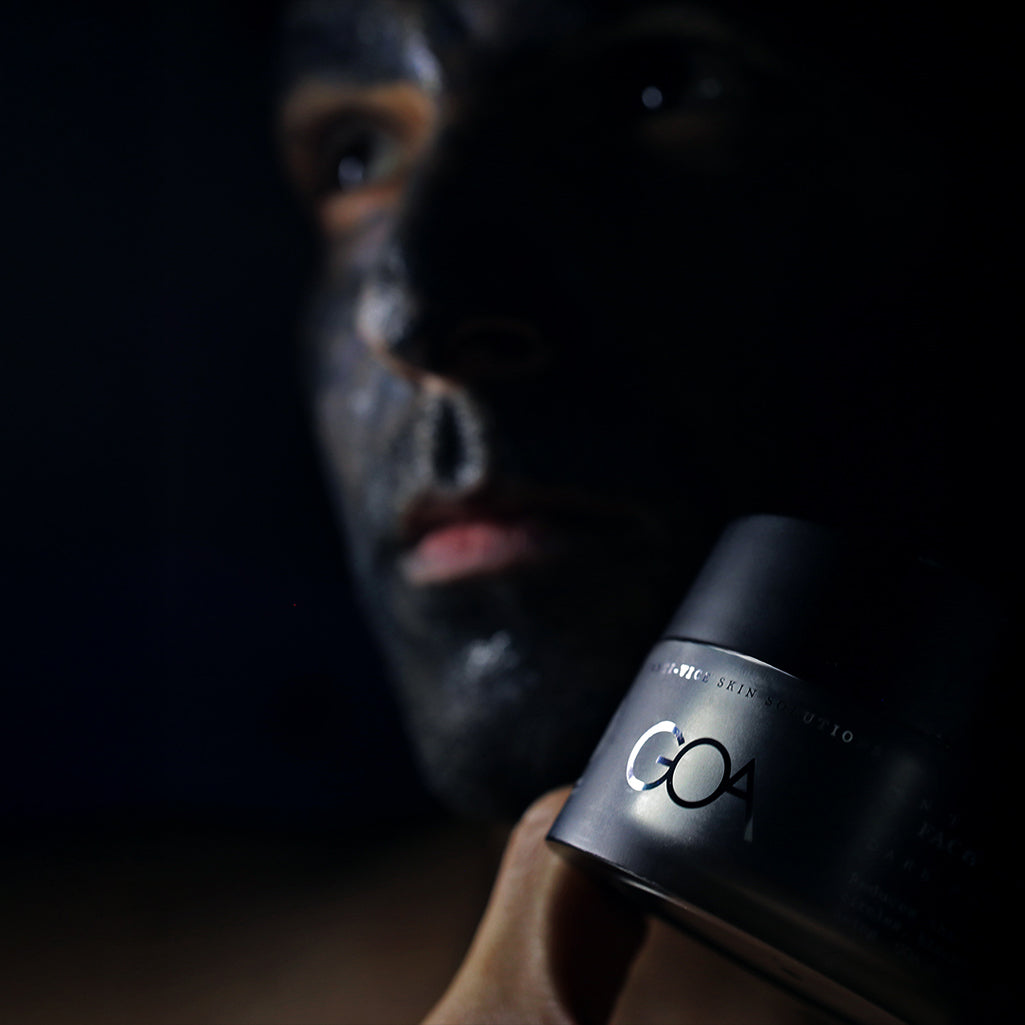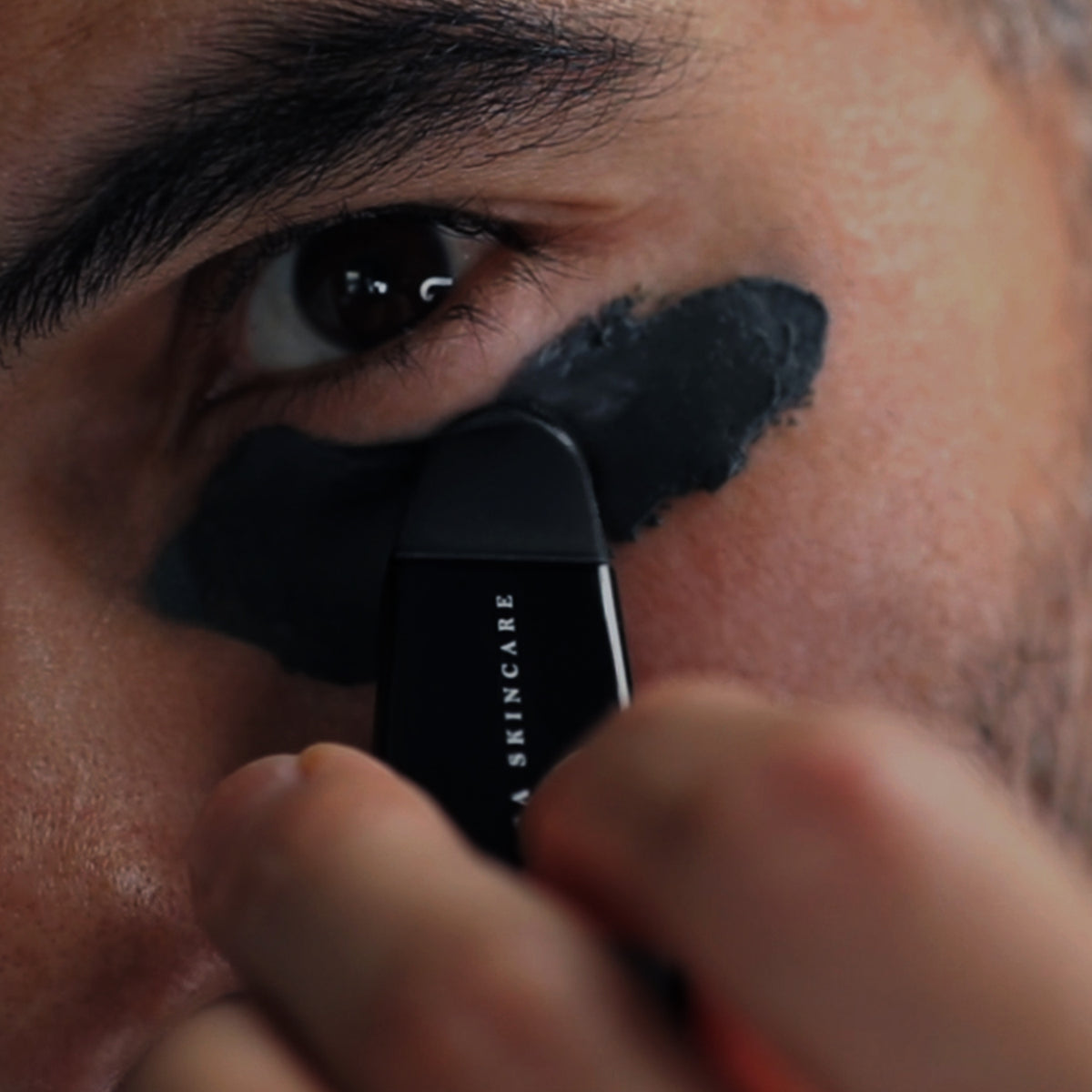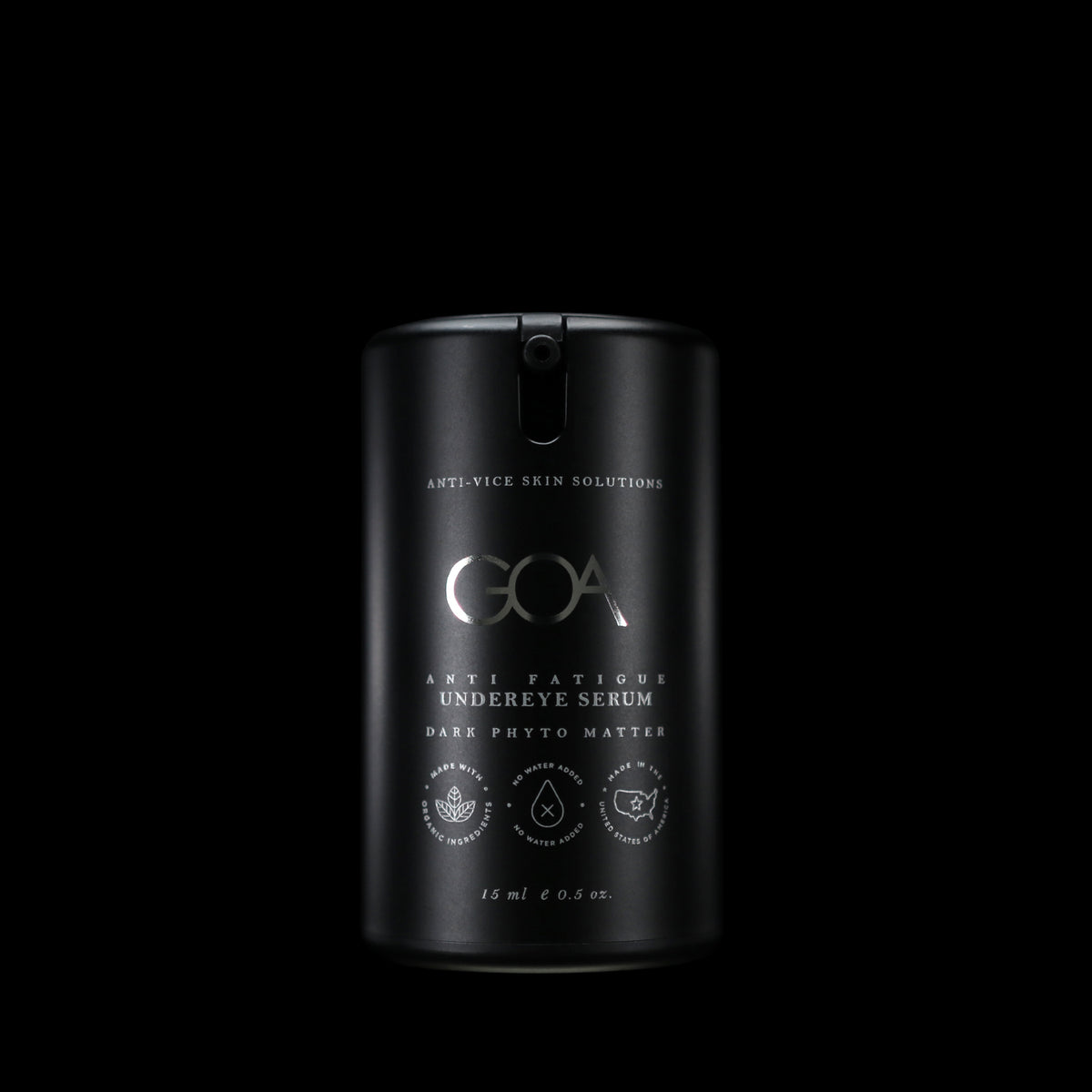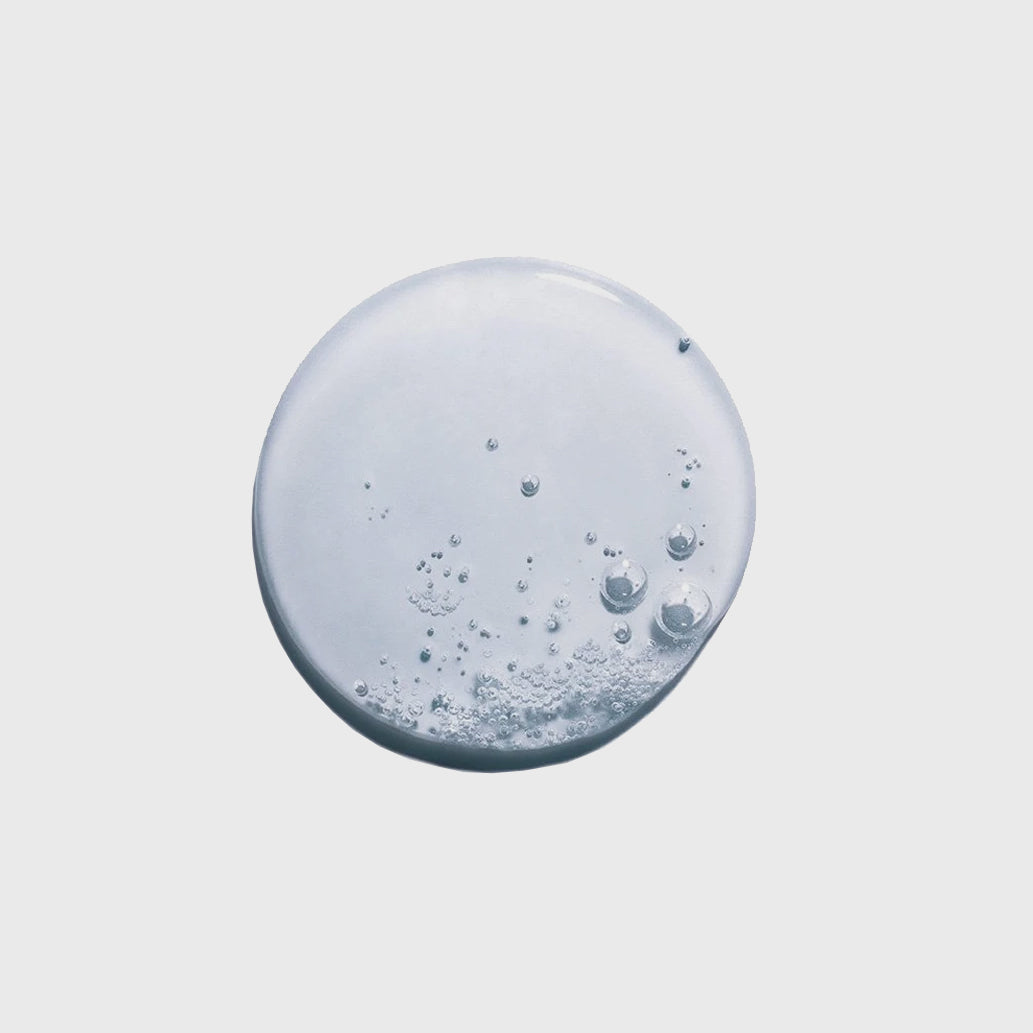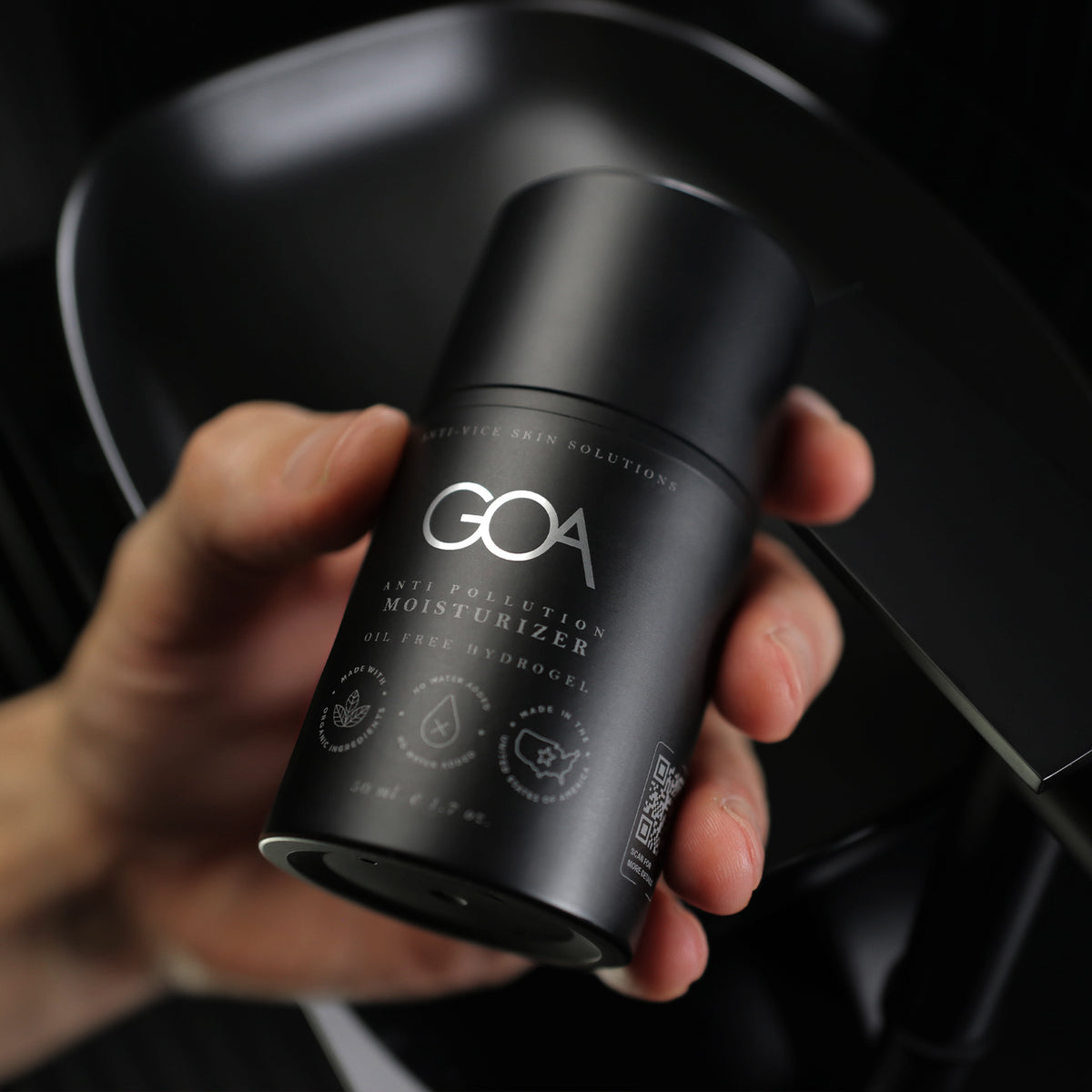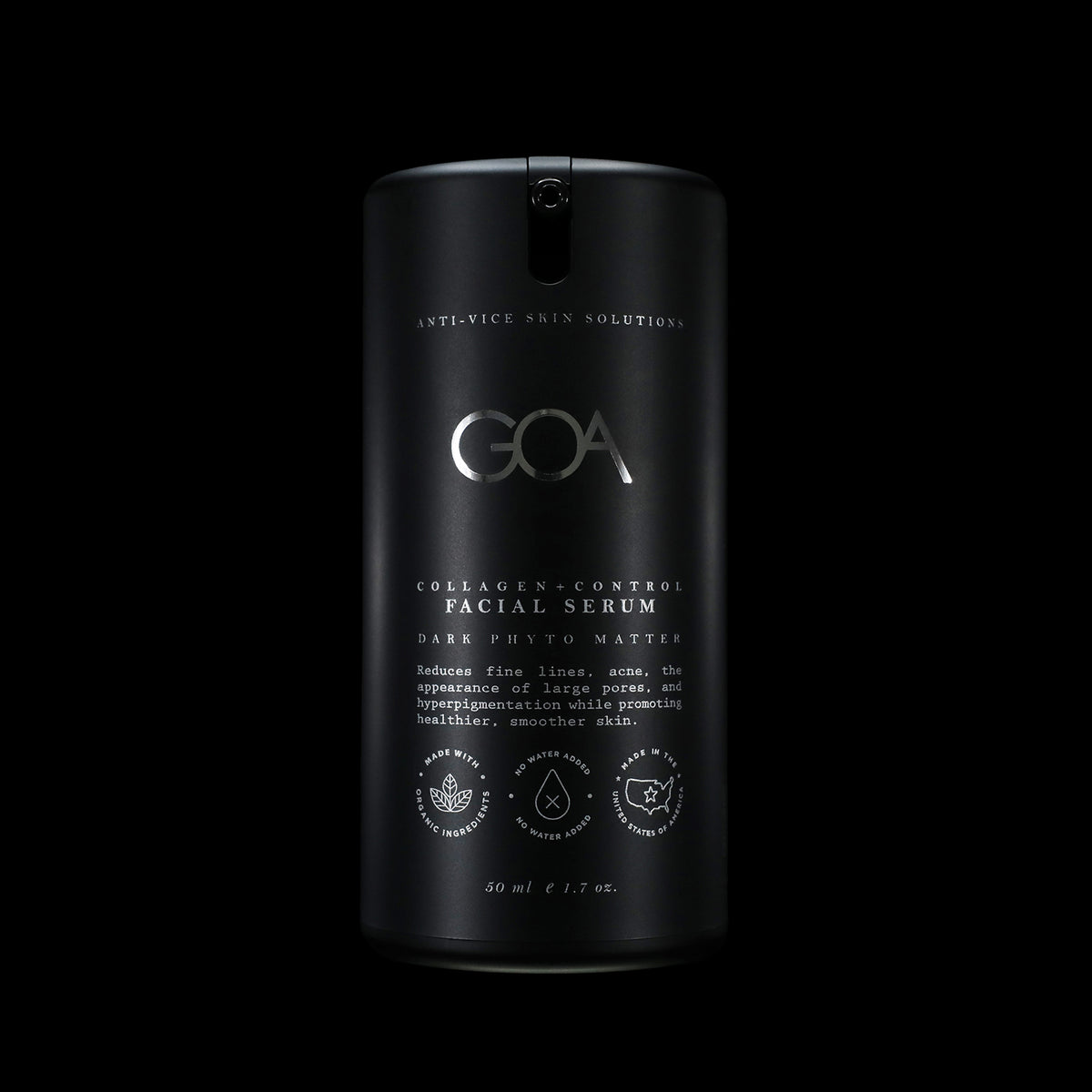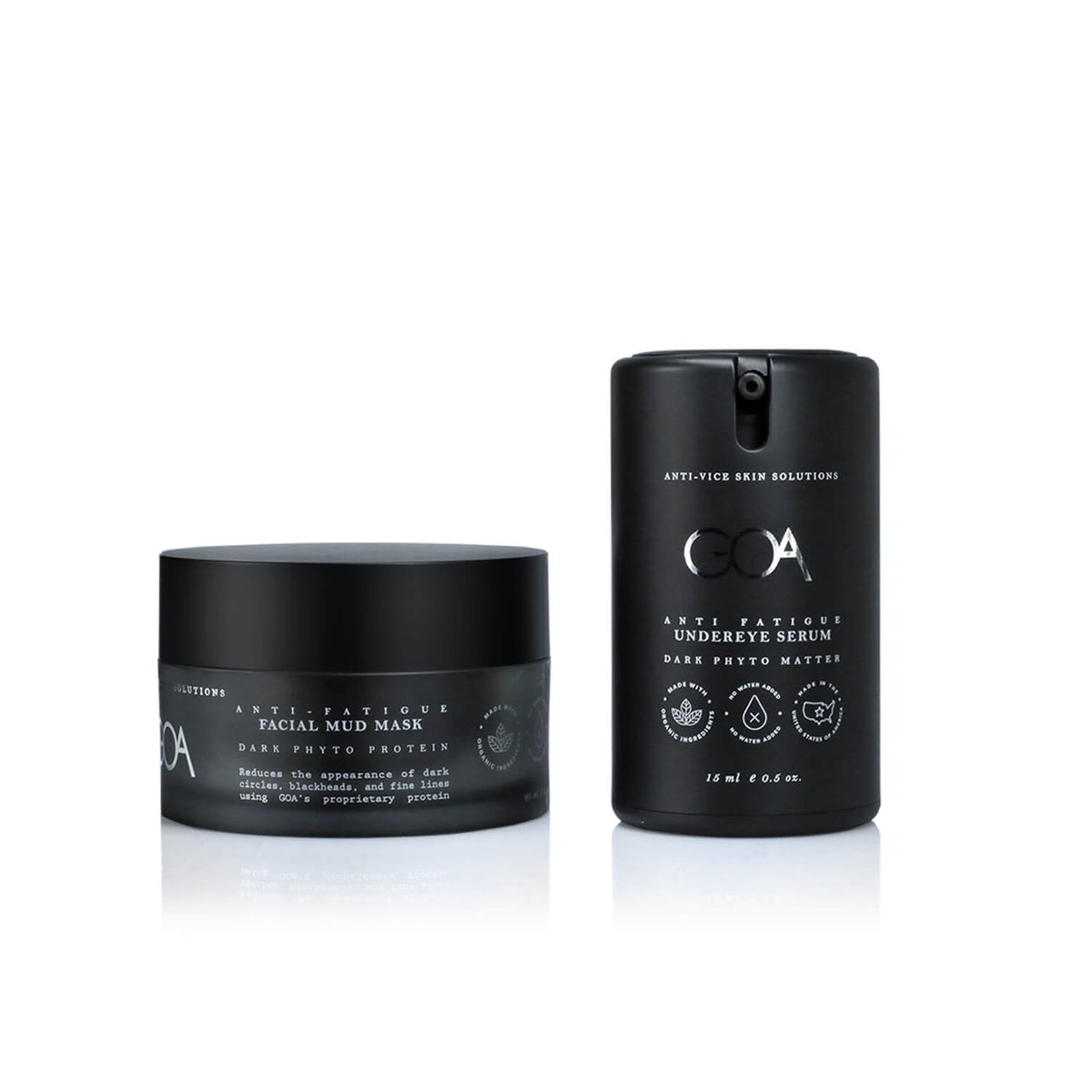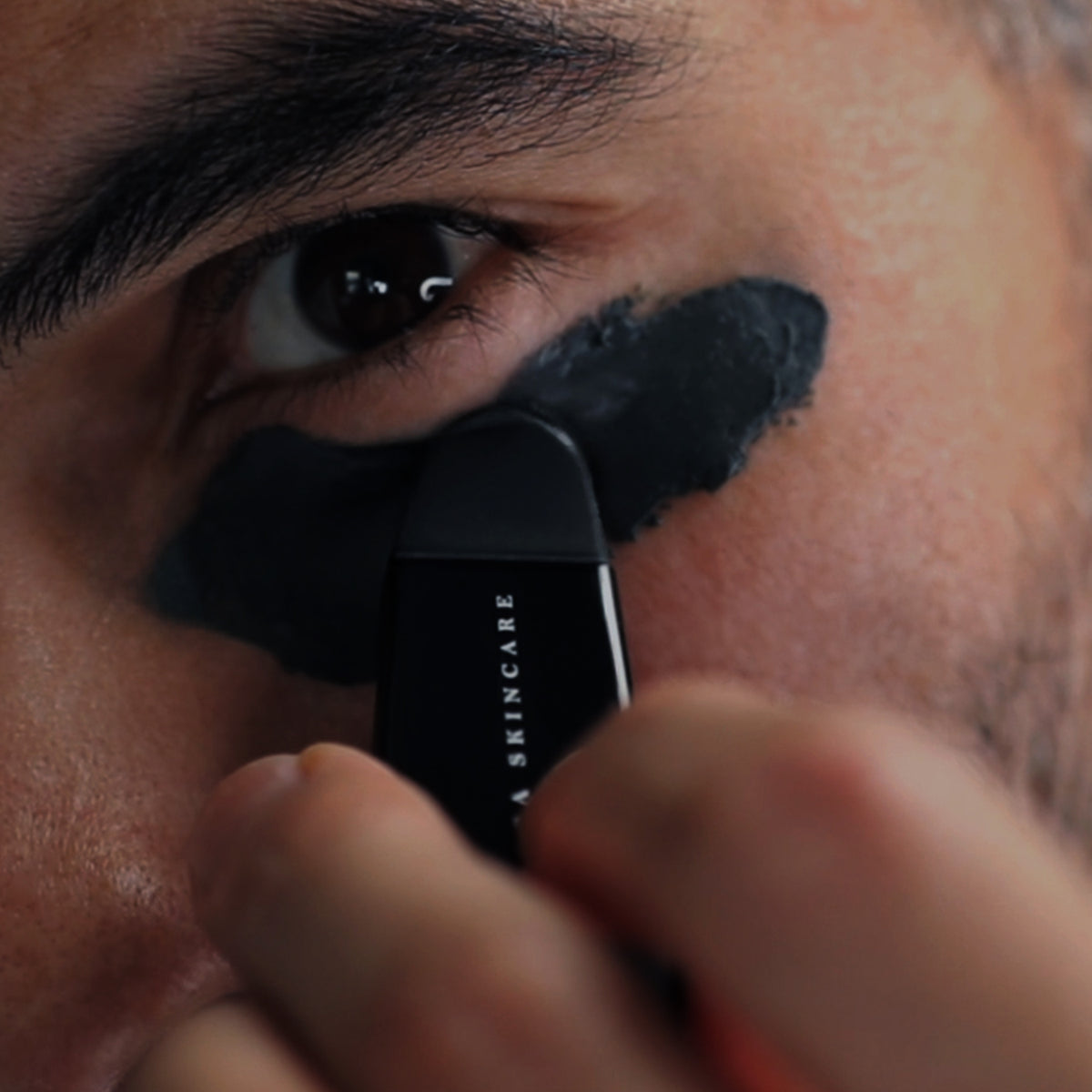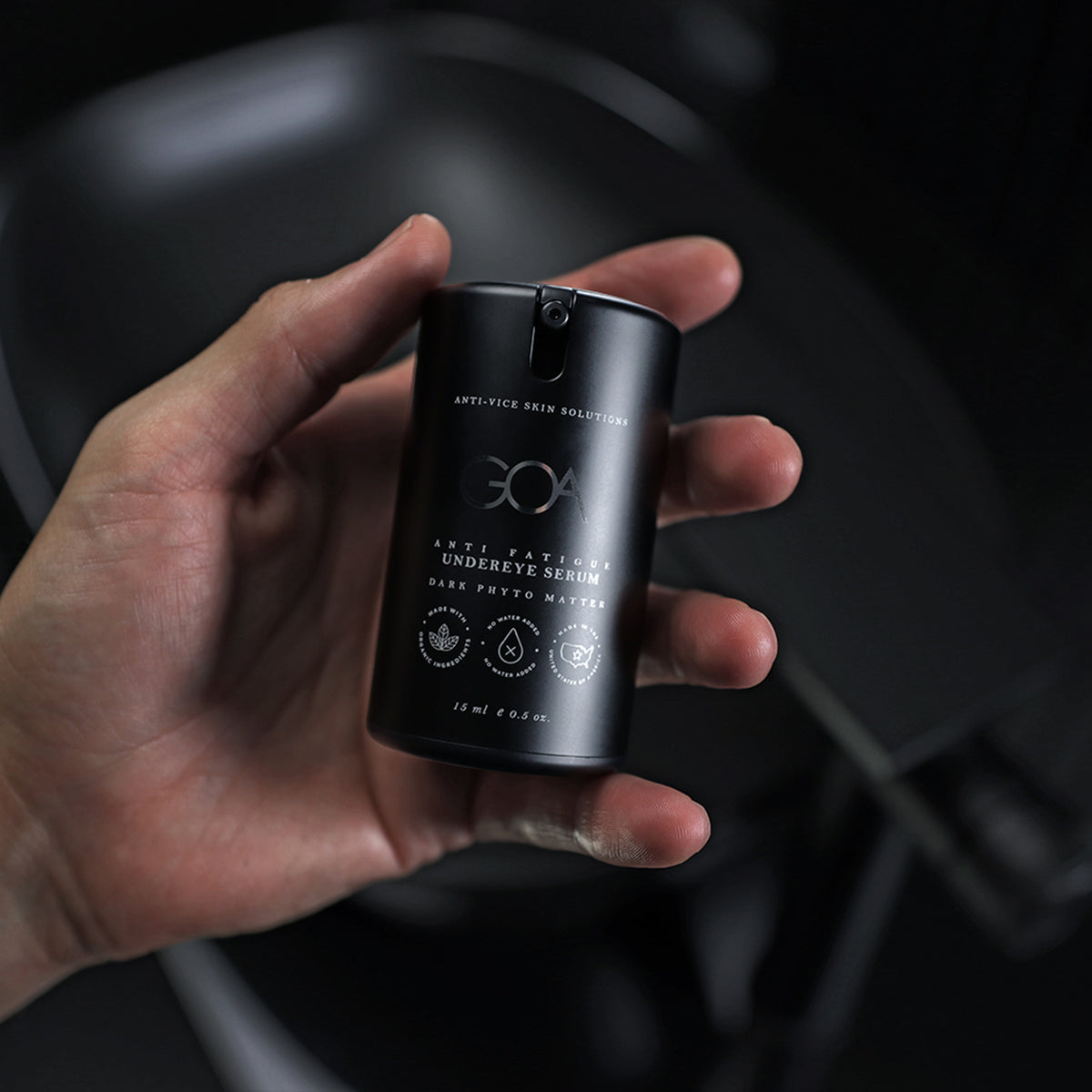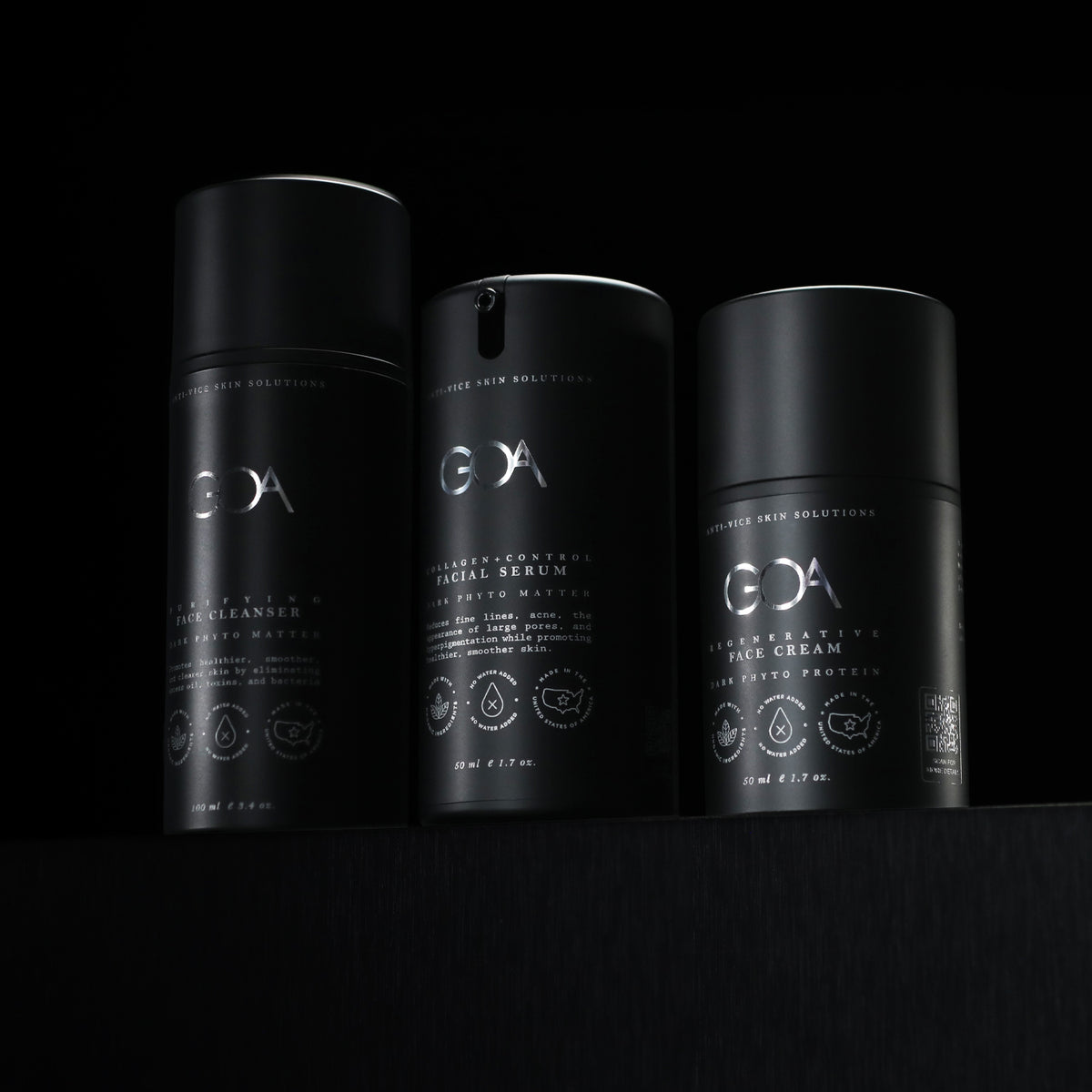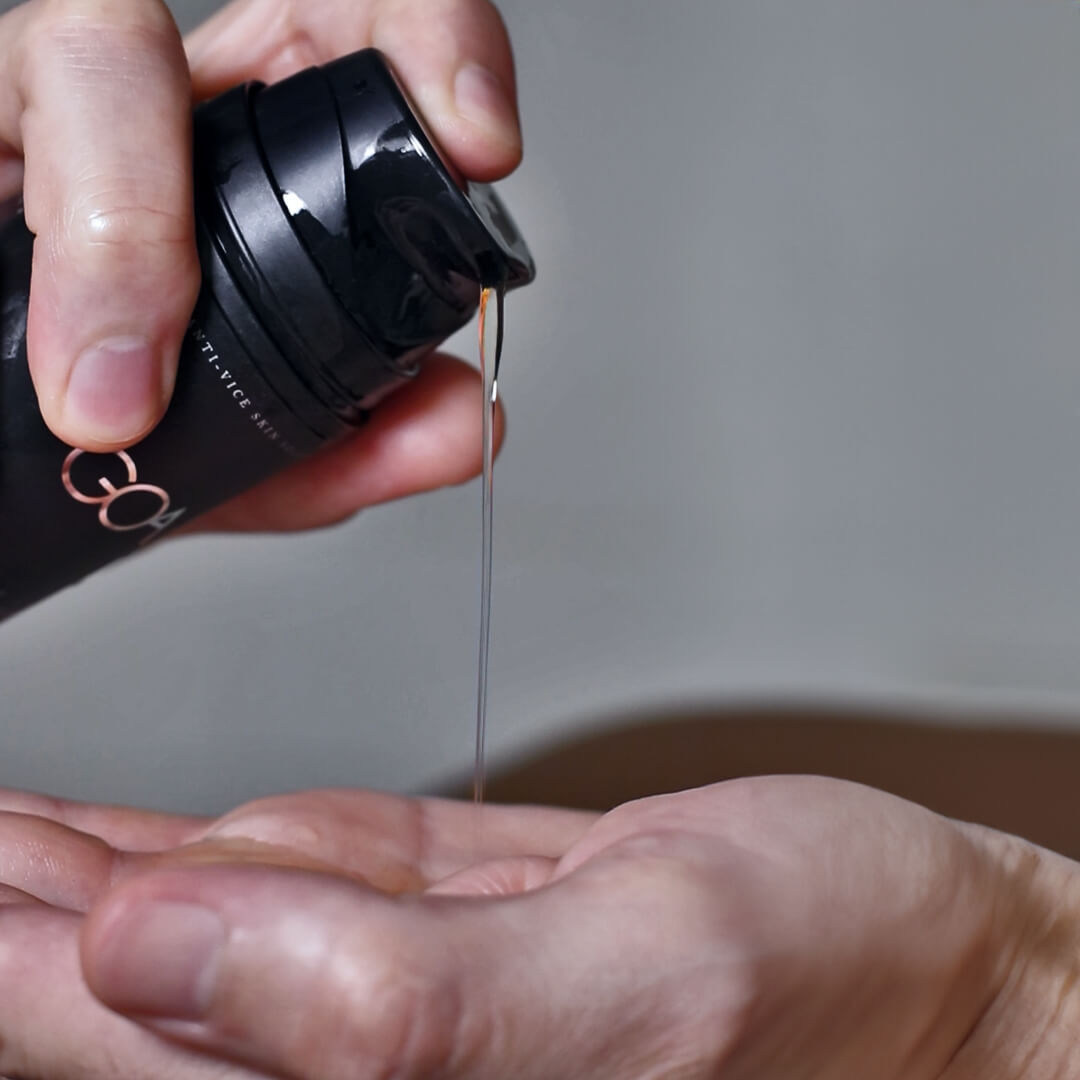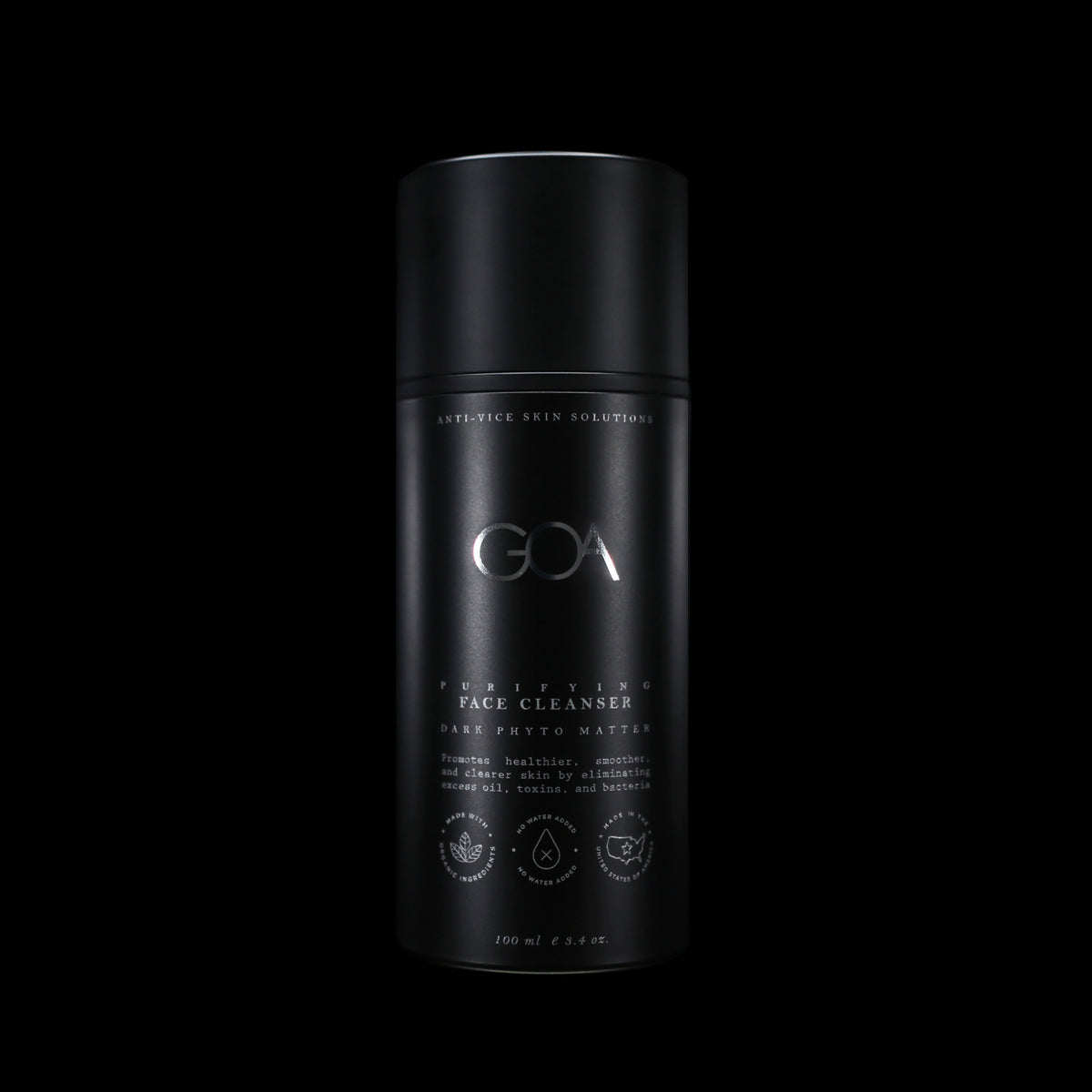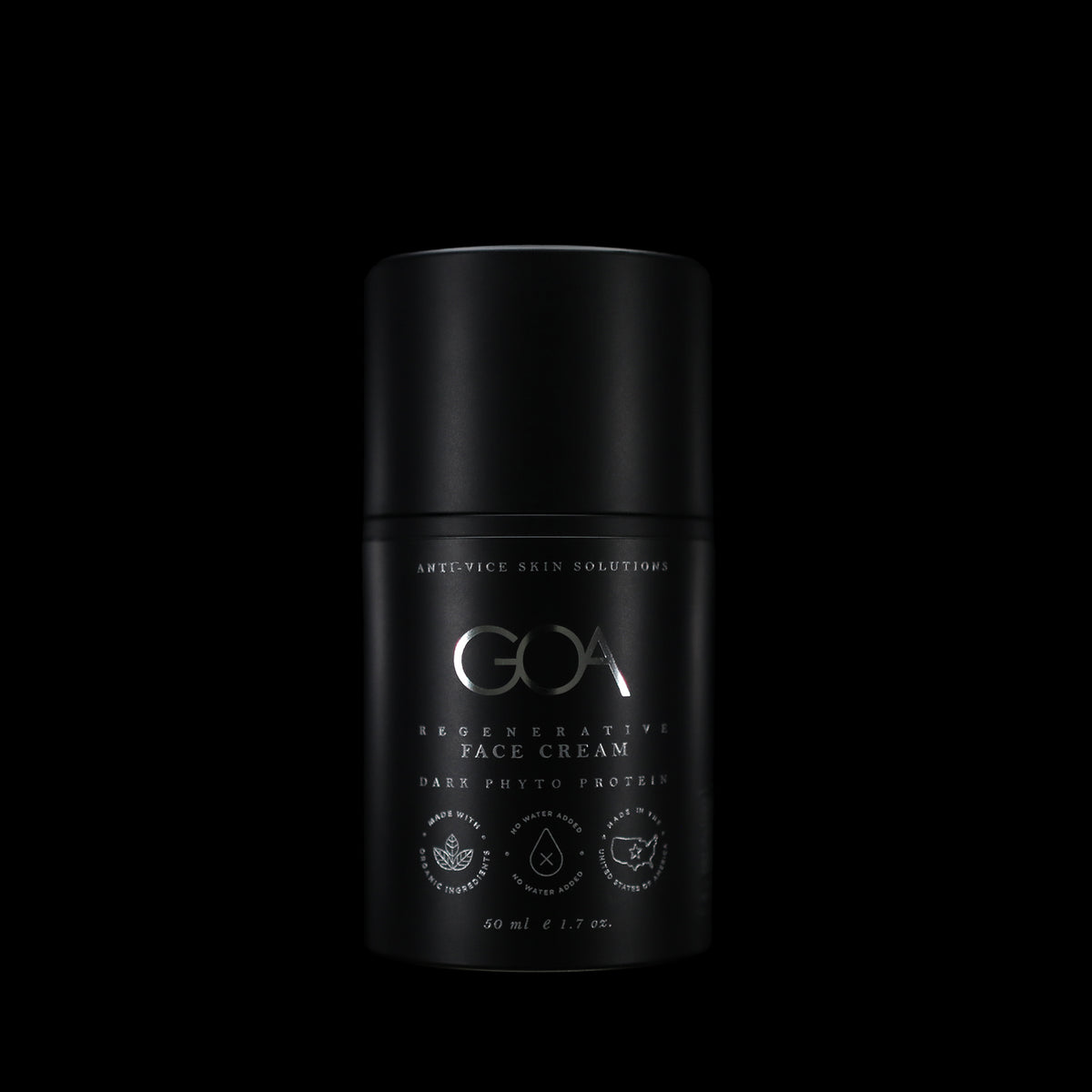Introduction to Product Combination in Skincare
Combining different skincare products, or 'product layering,' is a technique often used to enhance the overall effectiveness of a skincare routine. This guide aims to provide insights into how to mix different skincare formulas effectively, ensuring they work harmoniously to improve skin health.
The Basics of Skincare Product Compatibility
The key to successful product mixing lies in understanding the compatibility of different formulations. It's crucial to know how certain textures and ingredients in products interact with each other. For instance, water-based products generally pair well with other water-based formulas, while oil-based products should be layered accordingly.
Effective Skincare Product Pairings
Serums and Moisturizers: A common and effective pairing involves applying a serum followed by a moisturizer. The serum, typically lighter in texture, delivers active ingredients deeply into the skin, while the moisturizer helps to lock in those ingredients and provide hydration.
Acid Exfoliants and Hydrating Serums: If using an acid-based exfoliant, like an AHA or BHA, follow it with a hydrating serum. The exfoliant removes dead skin cells, allowing the serum to penetrate more effectively.
Retinol and Hydrating Night Creams: For those using retinol, applying a hydrating night cream afterward can help mitigate dryness or irritation commonly associated with retinol products.
Layering Techniques for Optimal Results
The general rule for layering is to apply products from the thinnest to the thickest consistency. Start with cleansers and toners, then serums, and finish with heavier creams or oils. This method ensures maximum absorption of each product's active ingredients.
Tailoring Combinations to Skin Concerns
Aging Skin: For aging skin, combining a peptide serum with a retinol cream can yield excellent results, as they target different aspects of aging.
Acne-Prone Skin: Those with acne-prone skin might benefit from combining a salicylic acid cleanser with a non-comedogenic moisturizer to balance oil control and hydration.
Potential Conflicts to Avoid
Don’t Mix Vitamin C with Certain Acids: Vitamin C should not be mixed with certain acids, like AHAs or BHAs, as this can lead to irritation and reduce the efficacy of vitamin C.
Be Cautious with High Retinol Content: Avoid using retinol with other high-strength ingredients to prevent skin irritation.
Conclusion: Personalizing Your Skincare Adventure
In conclusion, the journey of mixing skincare products is a deeply personal one, tailored to meet the unique needs and responses of your skin. It's an exploration that requires a balance of knowledge, experimentation, and attention to how your skin reacts to different combinations.
As a final recommendation, consider trying a blend of the collagen control facial serum with the regenerative face cream. This combination promises not only effective and quick absorption but also delivers a potent moisturizing solution, perfect for maintaining skin health in a fast-paced lifestyle.
[ access collection ]

















